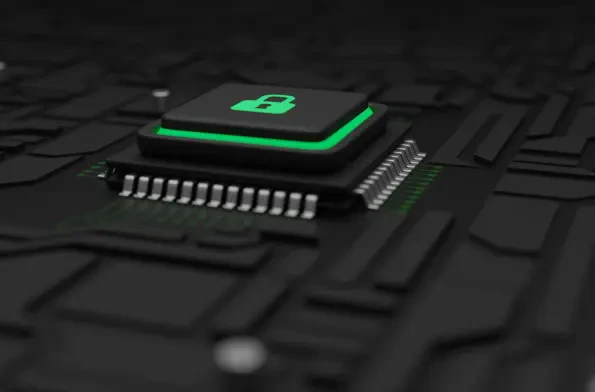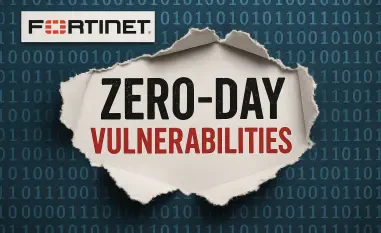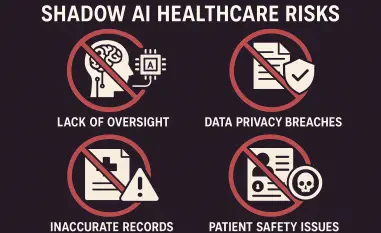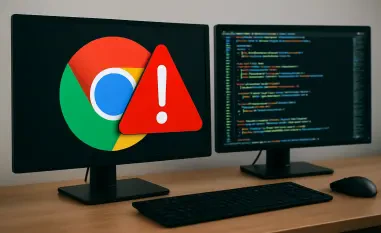In an era where cars are not just vehicles but interconnected systems, protecting them from cyber threats has become a paramount concern. Malik Haidar brings a wealth of expertise in navigating the complex world of automotive cybersecurity. His insights will help us understand not only the current threat landscape but also the strategies needed to fortify these critical networks.
Can you explain the recent trends in cyber threats affecting the automotive and mobility industries?
Recent trends show a significant surge in cyber threats targeting the automotive sector. The astonishing rise—nearly 50% in the first quarter of 2025—is indicative of how attackers are zeroing in on vehicles and their manufacturers. This showcases not just an increase in attack numbers but a growing sophistication in targeting methods, reflecting a landscape that’s changing as quickly as technology evolves.
How significant was the increase in security incidents in the first quarter of 2025 compared to 2024?
The increase is quite alarming. In just the first few months of 2025, we tracked 148 publicly disclosed incidents, suggesting a pace that could easily surpass last year’s total of 409 incidents. This jump signals an urgent call to bolster defenses as threat actors become more aggressive and innovative.
What is the relationship between publicly disclosed incidents and the actual threat landscape?
Publicly disclosed incidents are just the visible part of the threat iceberg. Behind the scenes, especially on the Dark Web, there’s a lot more malicious activity that organizations don’t report. The true landscape is far larger and more complex, with many incidents likely going unreported due to varied reasons, including reputational concerns or underestimation of threats.
Why do some organizations choose not to disclose cyber incidents?
Organizations often withhold incident details to protect their reputation and avoid panic among customers. Disclosing vulnerabilities can also make them targets for further exploitation. Moreover, the lack of strict regulations in some regions gives companies leeway in whether they make breaches public knowledge, affecting the overall transparency of the threat environment.
What role did ransomware play in the incidents observed in the first quarter of 2025?
Ransomware was predominant, accounting for 45% of the incidents observed early this year. This form of attack is highly attractive for cybercriminals as it can quickly disrupt operations and force companies into paying ransoms, making it a lucrative endeavor compared to other types of cyber threats.
Can you provide details about the ransomware attack on Tata Technologies?
The attack on Tata Technologies in January represents a significant ransomware case, where the attackers not only disrupted systems but also stole 730,160 files amounting to 1.4TB of data. A group named Hunters International claimed responsibility, and their decision to publish the data on the Dark Web underscores the dual threat of operational disruption and data exploitation.
How do hackers typically infiltrate vehicle manufacturers and suppliers with ransomware?
Hackers often use phishing and infostealers to acquire credentials. These credentials enable them to impersonate OEM employees or dealers, gaining unauthorized access to sensitive systems. Once inside, they can deploy ransomware to encrypt files and demand payment for decryption keys.
What impact can accessing OEM credentials have on vehicle security?
Accessing OEM credentials can be particularly dangerous as it might allow attackers to control or monitor vehicles remotely. This access potentially enables them to interfere with systems, track vehicle locations, or even execute commands meant for internal use, leading to serious safety and privacy implications.
How many incidents recorded this year involved potential manipulation of vehicles on the road?
Around 26% of the incidents recorded have shown potential to manipulate vehicles on the road. This statistic highlights a serious risk, as attackers could theoretically influence vehicular operation, posing direct threats to both safety and security.
What are the broader categories of security incidents affecting the automotive industry?
Security incidents fall into categories like data breaches, which are predominant, service disruptions, and privacy violations. A considerable number carry high to massive risk levels, affecting potentially thousands or even millions of vehicles.
How does malicious activity in the Dark Web impact vehicle security?
The Dark Web plays a pivotal role in this landscape. Many vulnerabilities and exploit strategies are developed and sold there, expanding the potential assault vectors against vehicles. The anonymity and marketplace-like environment of the Dark Web enable threat actors to plan and execute attacks with relative impunity.
Can you discuss the rise of threats related to electric vehicle (EV) chargers?
EV chargers have increasingly become a focus for cyber threats, accounting for 15% of incidents early this year. Although no documented attacks have directly targeted them yet, the vulnerabilities in their systems are being scrutinized, suggesting a frontier of future cyber threats that need preemptive attention.
Why do you think vulnerabilities in EV chargers haven’t been exploited in documented cases yet?
It’s likely due to hackers prioritizing higher-reward targets or finding other vulnerabilities easier to exploit at this time. However, with increasing EV usage and the potential impact on infrastructure, we’re likely to see these vulnerabilities become a focal point, particularly as threat actors increase their interest.
What factors could lead to an increase in cyberattacks against EV chargers in the future?
As EV infrastructure becomes more integral to daily life, disrupting these systems could have widespread ramifications, potentially serving as a new leverage point in ransomware scenarios. Additionally, as more chargers become networked, they present a larger attack surface for cybercriminals to exploit.
What are the implications of the increased focus from threat actors on the automotive and mobility industries?
The quadrupling of threat actors focused on this industry points to an environment ripe for exploitation. As vehicles become more connected, they present lucrative targets. It implies a need for rapid evolution in security measures to keep pace with the growing interest and threats from malicious actors.
How might the quadrupling of threat actors affect the future of vehicle security?
The drastic increase in threat actors will likely lead to more frequent and advanced attacks. As vehicles and infrastructure evolve, so too must security measures, ensuring they can counteract these emerging threats without stifling technological advancements.
How can the automotive industry prepare for and mitigate these emerging cyber threats?
The industry needs to prioritize proactive security measures, incorporating cybersecurity into the design phase of vehicle development. Partnerships across sectors and with cybersecurity experts will be crucial, alongside continuous threat intelligence and cybersecurity training to ensure rapid identification and response to adversaries.
Do you have any advice for our readers?
Stay informed about the growing intersection of automotive and cybersecurity. Whether you’re a consumer, a manufacturer, or part of the supply chain, understanding potential threats and advocating for stronger security measures can make a significant difference in today’s connected world.













